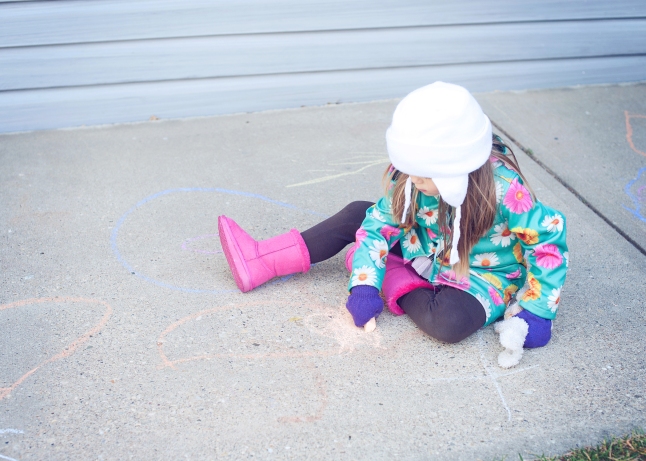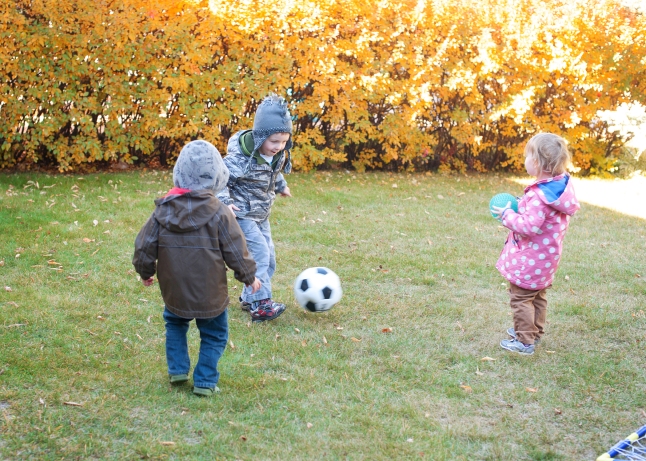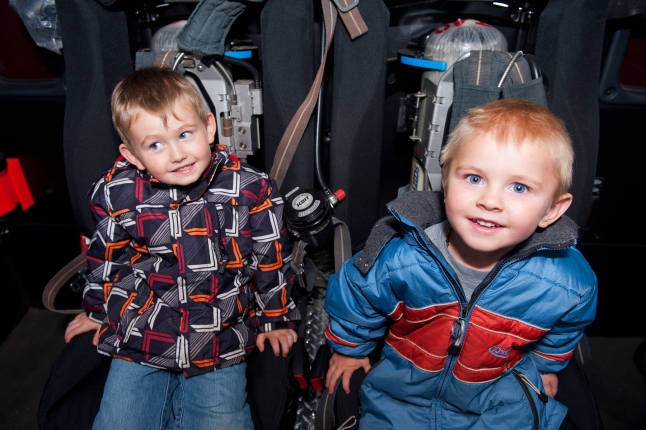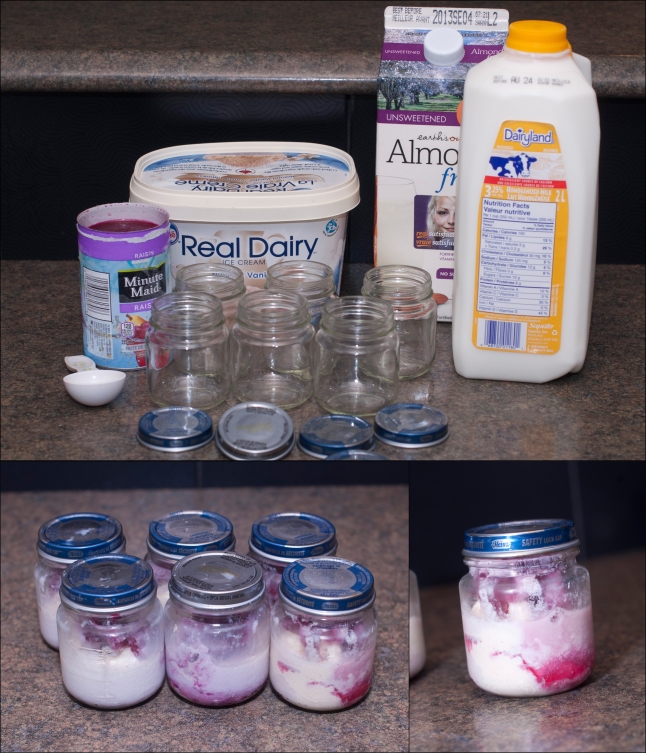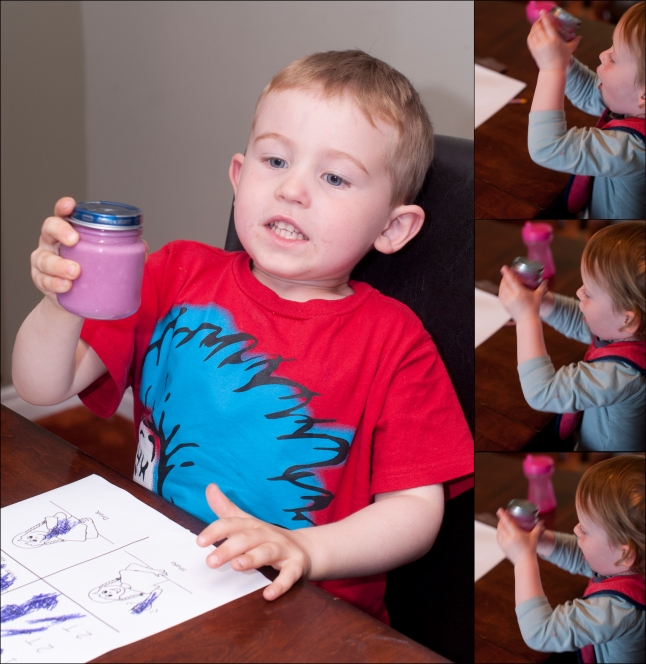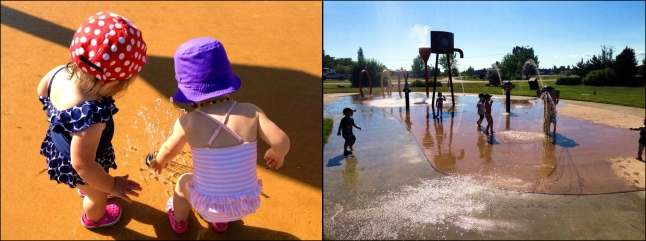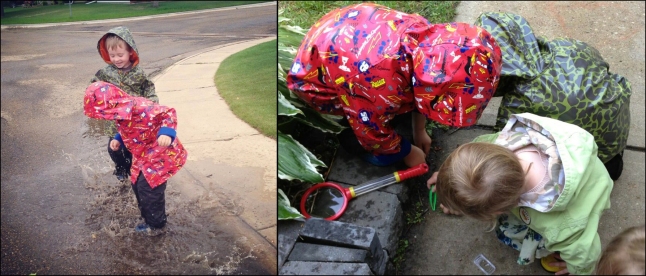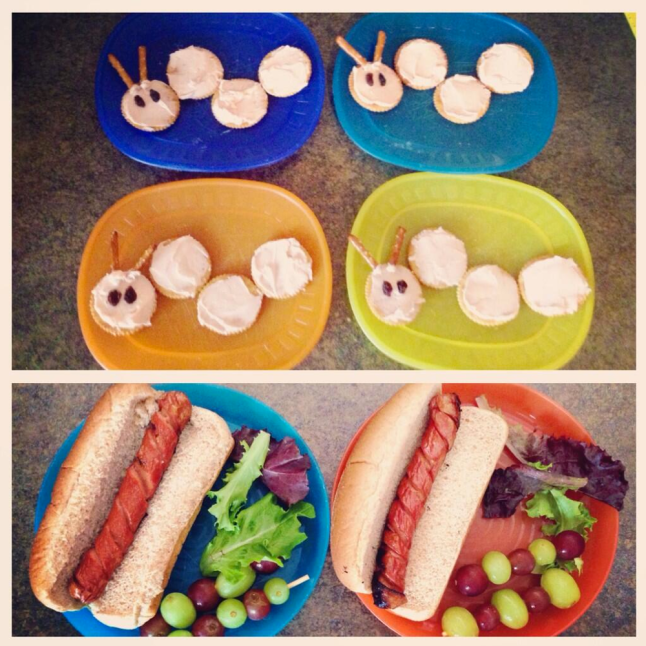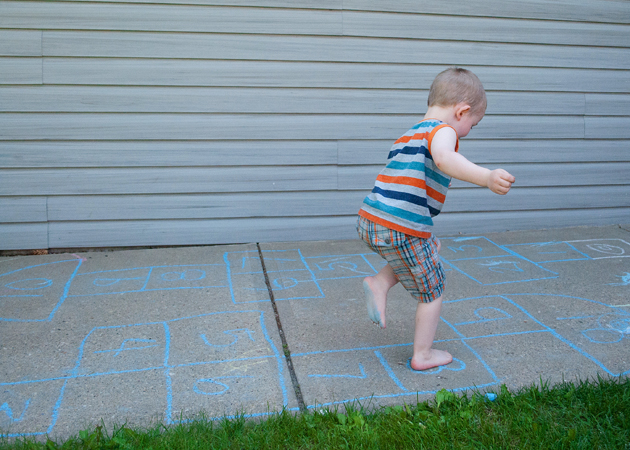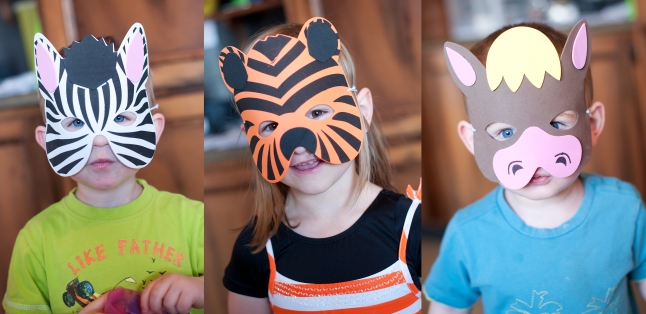
Choosing a dayhome that is the right fit for your child and your family can be exciting, intimidating and frustrating.Where do you start looking for available spaces? How do you know that your child will be alright with this new person? What if you can’t find a place for your child? Here are some tips to help get your started with your search.
Do Your Research
You have to start looking somewhere and you’re already here on the internet so why not head back to google and type in “[Your Town] Dayhome” and see what comes up. Next, check Kijiji, Facebook (look for Mommy or Babysitting groups in your town) and Twitter (search hashtags with your town name). Chances are some of the dayhomes will have some kind of web presence and you’ll be able to find it.
Don’t stop there, though. Not everyone is online so check your local paper, places around town where flyers are posted (Post Office, Grocery Store, Recreation Centre, etc.) and look up your town’s family services office or dayhome/childcare co-ordinator’s office.
After that (see, there are many ways to find dayhomes) ask around! Head to the park and chat up the other moms about dayhomes in the area. Ask your co-workers, your cross fit mates, your child’s teacher. Someone is bound to know of a dayhome for you to contact!
Decide What You Want
You’ll probably already know what days of the week and hours you’re looking for (if not, firm that up first) but you should also stop to think about what kind of dayhome you’d like for your child.
Would you rather have your child in a dayhome with 2 other children or 5?* Think about what kind of activities you want provided for your child; if you want an educational curriculum or a play-based schedule. Should the dayhome have on-site play equipment or is a nearby playground fine? Are you ok with your child travelling in a vehicle with the provider or not?
Your final decision will be easier to make once you’ve decided on these types of things. Have a picture of your ideal dayhome in your head when you go to interview.
Interview and Tour
Once you have your list of dayhomes it’s time to book interviews. You’ll contact the providers with available spaces obviously but, also contact the ones currently without spaces! Give them a call and tell them that, although they don’t currently have any openings, you’d still love to meet them, tour their home and, if all goes well, be put on a waiting list. That way, if you find your perfect dayhome, you are already on the list for when they do have openings. (More on that further down).
When you go to the interviews, it’s ok to take a list of questions! You can google for examples of questions to ask or check out this great article. Be prepared to answer a lot of questions, too. A good provider will ask about your child’s sleeping & eating habits, relationships with other children, experiences in school and other dayhomes, etc. Remember that as much as you’re interviewing the provider they are also interviewing your child and your family to see if you are a good fit for their dayhome.
The provider you’re interviewing should take you on a tour of the home, at least the portion used for the dayhome. If they don’t, definitely ask for one. You’ll want to see the main play areas (inside & out), the bathroom/diapering areas, the napping place(s) and the kitchen & dining areas. Some dayhomes use all of their home for childcare and others have a designated area, like a basement, for it. Either way is fine but, again, is something for you to consider ahead of time.
You’re looking for a dayhome that is clean, safe and organized and a provider that is knowledgeable, informative and kind. Be sure to look over the contract and, if possible, take a copy home. If the provider doesn’t have a contract, you can run into all sorts of situations without a precedent on how to handle them.
Contracts should include rates, hours of operation, payment schedule, probation period, illness policy, discipline policy, meal information, etc. If there is anything not in the contract or anything you want to change, discuss and agree upon it with the provider, write it into the contract and have both parties sign and date.
Go With Your Gut
You know your child the best. You know what he or she likes to do, how they handle different situations, in which manner the learn best. As a parent, you need to trust your instincts. Avoid the dayhome you didn’t get a good feeling at, pass on the dayhome that was a bit too “noisy” for your shy-guy or call back the provider that offers a learn-to-read program. There are different dayhomes and childcare options for each different child. Some children, like my own ;), like to be active and loud so a dayhome with music time and regular playground trips is best. Other children prefer sitting down with a book or playing quietly one-on-one with another child. A dayhome with less children might be a good option for those situations.
Don’t settle. It’s easy to get caught up in the “ohmygosh I start work in 2 weeks and I have NO childcare” mentality. There are other options outside of dayhomes. Check out your local daycare centres, nanny websites and high school babysitters. Go back to Google and ask the park moms again for referrals.
If you do find a dayhome that you think might work well for your child, you can start slow. Try half days or part weeks to start and make sure to get lots of feedback from your provider on what is and isn’t working for your child. It’s better to smooth out all the wrinkles during the probationary period.
If you didn’t find the dayhome that is right for your child, keep looking. You never know who might have an unexpected opening on their waiting list just at the right time!
*Note: In Alberta, legislation requires a maximum of 6 children in a licensed, residence childcare facility including the providers own children. Among the six, only 2 may be under 24 months and only 3 may be under 36 months.
Private dayhomes are classed as private babysitting in a private home and are permitted to care for six children or less. The caregiver’s own children are not included in these six.
